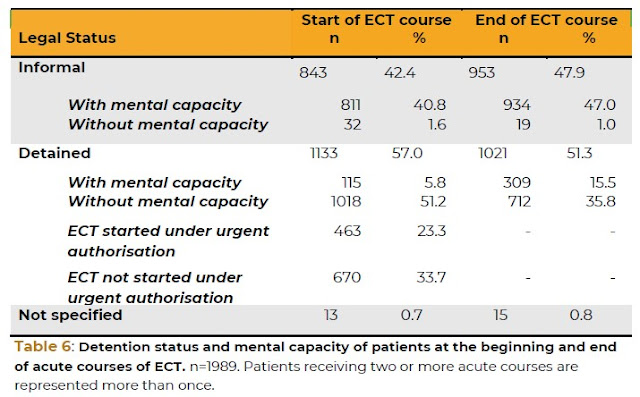So here we are with another General Election. And not before time. Since the Conservatives, who had been promising a revised Mental Health Act since the last General Election, finally ditched the published Mental Health Bill before it could be passed into law, it looks like a good time to see what the major national parties have to say about mental health in their manifestos.
Surprise, surprise. They say that they will “pass a new law to provide better treatment and support for severe mental health needs in the first session of the next Parliament”, although it is unclear what resemblance this may have to the oven ready Mental Health Bill.
They encouragingly say “mental health should have parity of esteem with physical health” but there is little detail regarding how they will do this.
They concentrate on plans to support children and young people with mental health needs, including expansion of mental health support teams in schools and providing early support hubs for 11-25 year olds. They also optimistically say they will “extend patients’ right to choose to more NHS community services over time, including diagnostics, talking therapies and other mental health services.”
Then somewhat ominously they tell us that “we will improve PIP assessments to provide a more objective consideration of people’s needs and stop the number of claims from rising unsustainably. While people suffering with mental health conditions face significant challenges, it is not clear that they always face the same additional living costs as people with physical disabilities.” They appear to think that the best way to improve the mental health of people unable to work is by making them even poorer.
They also have a little more to say about revising the Mental Health Act. “Mental health legislation is… woefully out of date. The treatment of people with autism and learning difficulties is a disgrace. The operation of the Mental Health Act discriminates against Black people who are much more likely to be detained than others. Labour will modernise legislation to give patients greater choice, autonomy, enhanced rights and support, and ensure everyone is treated with dignity and respect throughout treatment.” It will be interesting to see how much of the Mental Health Act review will inform this proposed legislation.
Again, as with the conservatives, Labour recognise the mental health needs of young people, offering to “provide access to specialist mental health professionals in every school” and creating “Young Futures Hubs, which will make sure every community has an open-access hub for children and young people with drop-in mental health support.”
The Liberal Democrats outline a detailed package of reforms targeted at improving mental health services, many of them wholly laudable.
They plan to end “out-of-area mental health placements by increasing capacity and coordination between services, so that no one is treated far from home”, they will extend “young people’s mental health services up to the age of 25 to end the drop-off experienced by young people transitioning to adult services”, and they will take “an evidence-led approach to preventing and treating eating disorders”.
They also propose to introduce changes to the way the police respond to mental health crises by “introducing a target of one hour for handover of people suffering from mental health crisis from police to mental health services, ensuring that all forces have a mental health professional in the control room at all times and supporting the police to achieve adequate levels of training in mental health response.”
The Lib Dems, too, intend to introduce new legislation, promising to modernise “the Mental Health Act to strengthen people’s rights, give them more choice and control over their treatment and prevent inappropriate detentions.”
The Green Manifesto is distinctly sketchy on how they will tackle the crisis in mental health care. They say that they would introduce “a legal framework that supports the rights of those struggling with their mental health to be respected and to live fulfilling lives” and will also increase “funding for mental health care, putting it on an equal footing with physical health care and enabling people to access evidence-based mental health therapies within 28 days.”
And then we come to the Reform Party’s Contract with the UK.
There are precisely two references to mental health in their Contract. This is what Reform have to say about mental health in its entirety:
“Employment is critical to improving mental health. Britain’s young people are in the grip of a mental health crisis. Work is a cure not a cause.”
Yes, I’m sure that’ll work out just fine.






